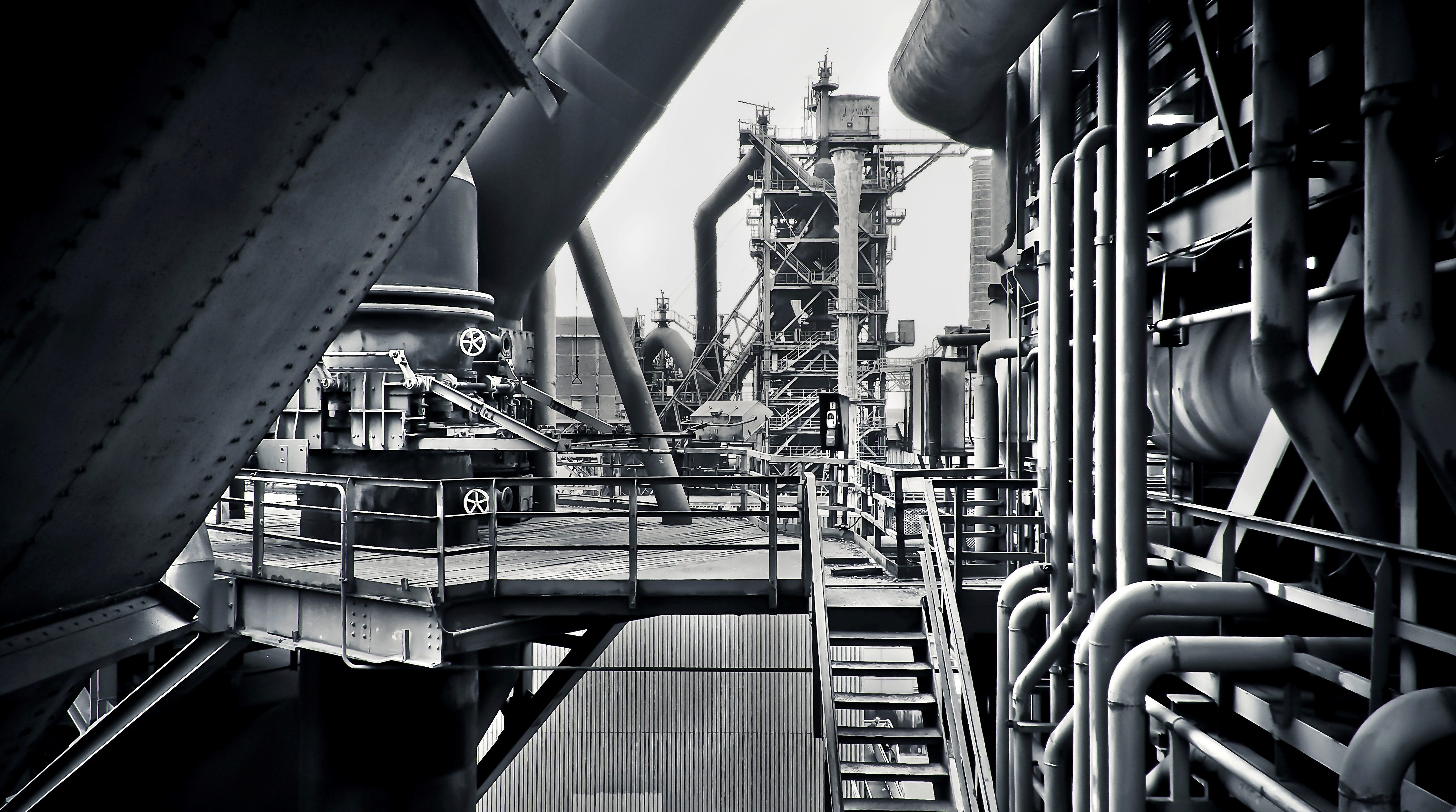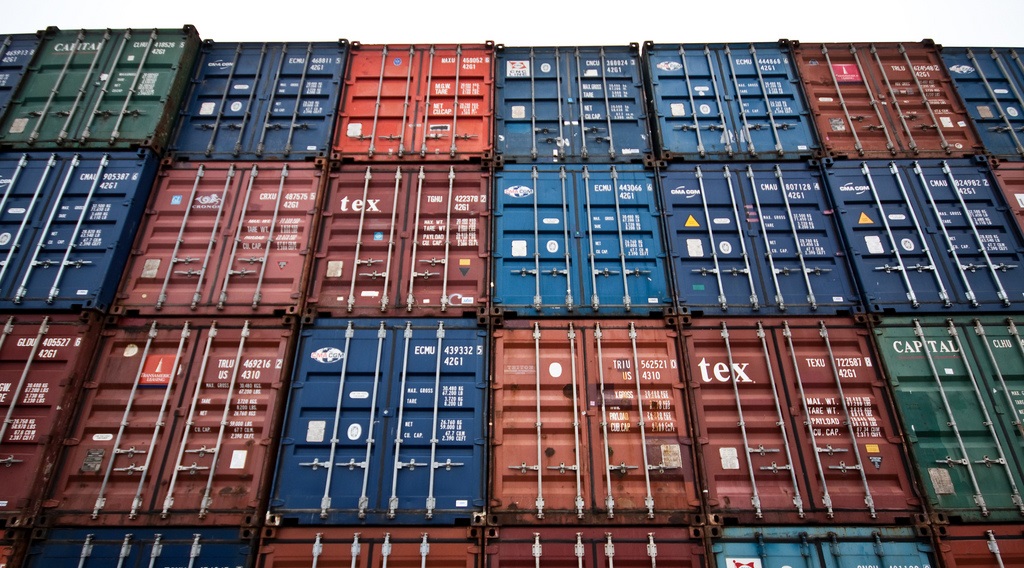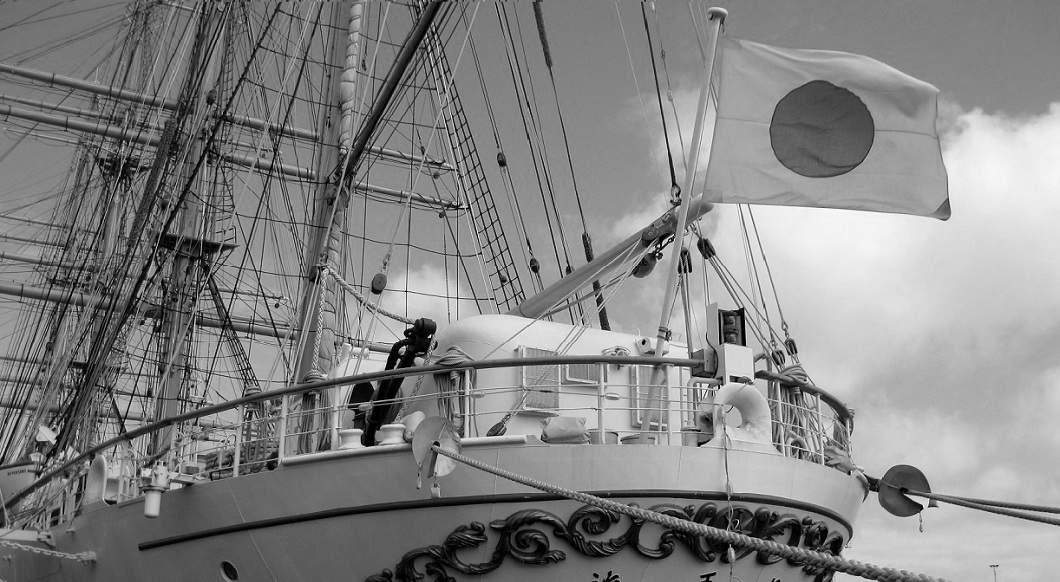With protectionist pressures rising and the multilateral trading system seemingly at risk, it is natural to look to the 1930s for evidence of how protection affects the volume and pattern of trade. This column examines the impact of Britain’s decisive break with a longstanding tradition of free trade in 1931, when the country switched dramatically to a policy of protection, discriminating in favor of the British Empire. The shift explains roughly a quarter of Britain’s trade collapse, and around three quarters of the big increase in the British Empire’s share of British imports during the 1930s.
Trade
US manufacturing jobs and trade liberalization with China
Trade relations between the United States and China have grown increasingly tense, spurred by concerns that growing imports from China have led to plant closures and job loss in the United States. We find a link between the sharp decline in U.S. manufacturing employment after 2000 and the granting of Permanent Normal Trade Relations (PNTR) to China, which eliminated uncertainty about China‘s continued access to the U.S. market. Our research into the reactions of U.S. and Chinese firms to PNTR highlights the sensitivity of firm behavior to policy uncertainty.
China’s hidden shipbuilding subsidies and their impact on its industrial dominance
The impact of industrial policy on China’s economic growth has been difficult to assess, in part due to the lack of direct evidence on government support measures, which remain secret. This research uncovers hidden subsidies provided to the Chinese shipbuilding industry, which has more than doubled its global market share in recent years. The subsidies decreased shipyard costs in China by 13-20% between 2006 and 2012, policy interventions that have led to substantial misallocation of global production with no significant gains for consumers. Japan, in particular, has lost market share.
Global sourcing in a multi-country world: theory and evidence
Global sourcing is on the rise. Recent estimates suggest that intermediate input flows account for about two-thirds of the volume of world trade (Johnson and Noguera, 2012). Boeing’s production of the 787 Dreamliner exemplifies the growing involvement of foreign suppliers in U.S. manufacturing: 70 percent of the Dreamliner’s parts are sourced from 50 suppliers located in 9 countries. Meanwhile, during the last U.S. presidential election, we saw a backlash against international trade. Research, too, documents negative effects of increased trade integration. However, most of this evidence comes from trade in final goods. This paper examines the question: how do we analyze the phenomenon of firms increasingly sourcing intermediate inputs?
Gains from trade: evidence from nineteenth century Japan
Japan’s nineteenth century opening to world commerce after a long period of economic self-sufficiency provides a natural experiment to test the theory of comparative advantage and the gains from trade that it predicts. Drawing on a wide range of historical sources for data on prices, output and trade flows, this research finds that the country benefited from a significant boost to GDP in the years following its forced reintegration with the global economy. The evidence constitutes a strong indication of the potential costs of rejection of today’s open system of world trade.










